- Browse
- Verilog
Verilog Courses
Verilog courses can help you learn digital design principles, hardware description language syntax, simulation techniques, and FPGA implementation. You can build skills in writing testbenches, synthesizing designs, and optimizing performance for various applications. Many courses introduce tools like ModelSim for simulation and synthesis tools such as Xilinx Vivado, allowing you to practice your skills in real-world projects and understand how to implement designs effectively.
Popular Verilog Courses and Certifications
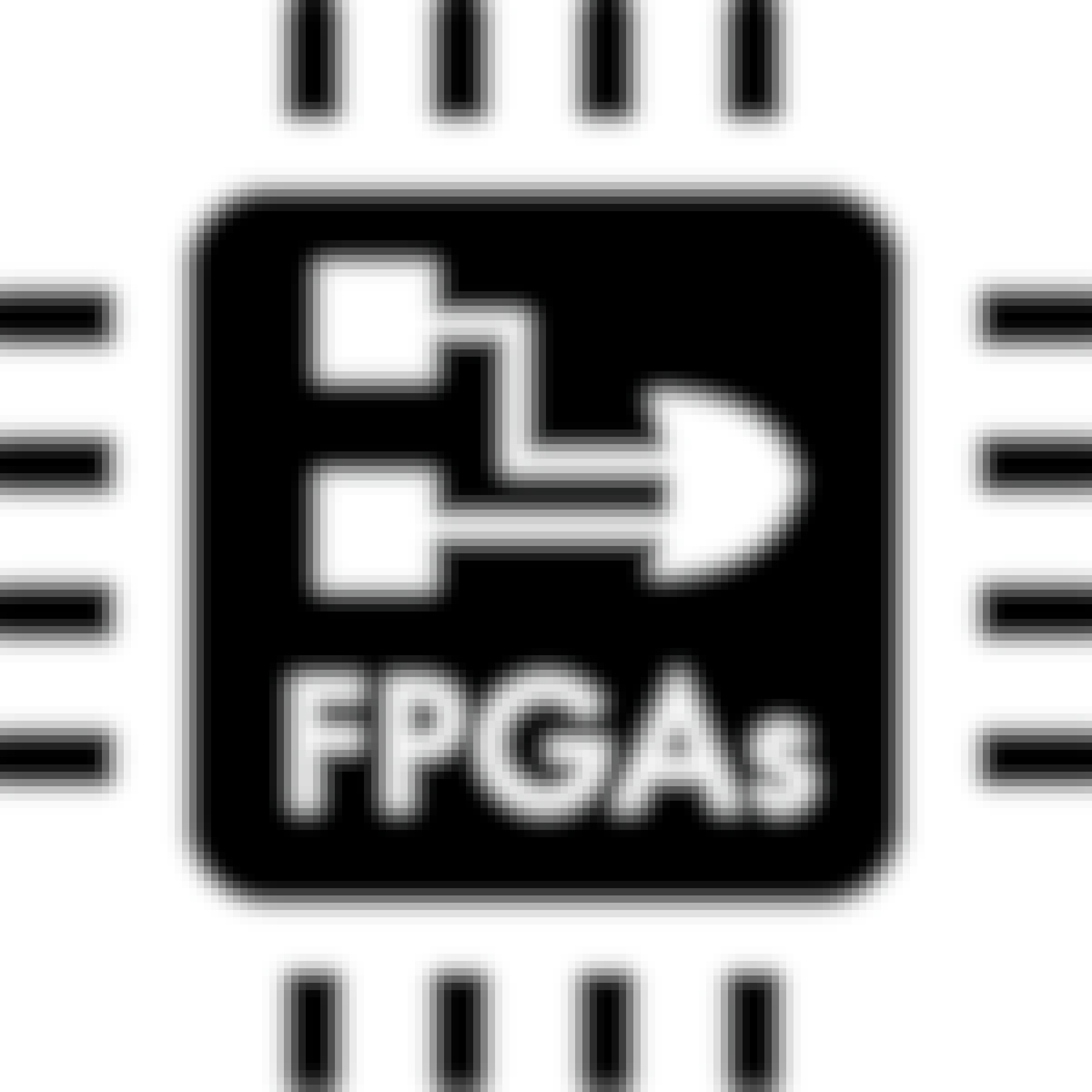 Status: Free TrialFree TrialU
Status: Free TrialFree TrialUUniversity of Colorado Boulder
Skills you'll gain: Field-Programmable Gate Array (FPGA), Hardware Design, Technical Design, Electronics Engineering, Electronic Hardware, Electrical and Computer Engineering, Test Case, Verification And Validation, Functional Design, Embedded Systems, Computer Engineering, Simulation and Simulation Software, Functional Testing
4.4·Rating, 4.4 out of 5 stars620 reviewsIntermediate · Course · 1 - 4 Weeks
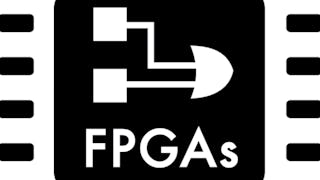 Status: Free TrialFree TrialU
Status: Free TrialFree TrialUUniversity of Colorado Boulder
Skills you'll gain: Field-Programmable Gate Array (FPGA), Hardware Design, Electronic Systems, Embedded Systems, Electronics Engineering, Eclipse (Software), Application Specific Integrated Circuits, Electronic Hardware, Technical Design, Electronics, Electrical and Computer Engineering, Test Case, Program Development, Integrated Development Environments, System Design and Implementation, Computer Architecture, Hardware Architecture, Software Development, Verification And Validation, Embedded Software
Build toward a degree
4.5·Rating, 4.5 out of 5 stars1.7K reviewsIntermediate · Specialization · 3 - 6 Months
 Status: NewNewB
Status: NewNewBBirla Institute of Technology & Science, Pilani
Skills you'll gain: Electronic Systems, Semiconductors, Basic Electrical Systems, Electrical Engineering, Electronics, Electronic Components, Electronics Engineering, Power Electronics, Electrical Systems, Engineering Analysis, Network Analysis, Engineering Calculations, Control Systems, Applied Mathematics
Beginner · Course · 1 - 3 Months
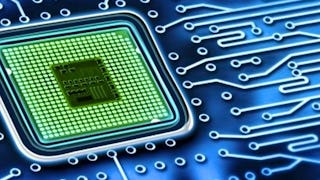 Status: Free TrialFree Trial
Status: Free TrialFree TrialSkills you'll gain: Field-Programmable Gate Array (FPGA), Electronics, Hardware Design, Application Specific Integrated Circuits, Electronics Engineering, Serial Peripheral Interface, Computational Logic, Electrical Engineering, Computer Architecture, Schematic Diagrams, Semiconductors, Electronic Hardware, Electronic Components, Internet Of Things, Embedded Systems, Programmable Logic Controllers, Low Voltage, Electronic Systems, Control Systems, Computer Engineering
4.5·Rating, 4.5 out of 5 stars153 reviewsIntermediate · Specialization · 3 - 6 Months
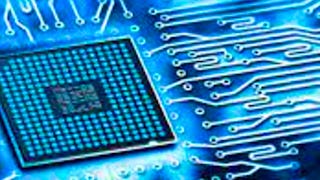 Status: Free TrialFree Trial
Status: Free TrialFree TrialSkills you'll gain: Field-Programmable Gate Array (FPGA), Application Specific Integrated Circuits, Computational Logic, Computer Architecture, Hardware Design, Electronics Engineering, Electronics, Programmable Logic Controllers, Electronic Systems, Semiconductors, Electronic Components, Data Storage, Data Storage Technologies
4.5·Rating, 4.5 out of 5 stars116 reviewsIntermediate · Course · 1 - 4 Weeks
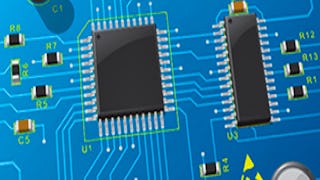 Status: FreeFreeP
Status: FreeFreePPrinceton University
Skills you'll gain: Microarchitecture, Computer Architecture, Hardware Architecture, Computer Systems, Computer Engineering, Systems Architecture, Operating Systems, Performance Tuning, Scalability
4.7·Rating, 4.7 out of 5 stars3.7K reviewsAdvanced · Course · 3 - 6 Months
What brings you to Coursera today?
 Status: PreviewPreviewU
Status: PreviewPreviewUUniversitat Autònoma de Barcelona
Skills you'll gain: Computer Architecture, Hardware Architecture, System Design and Implementation, Embedded Systems, Application Specific Integrated Circuits, Digital Design, Design Software, Computer Hardware, Verification And Validation, Simulations
4.3·Rating, 4.3 out of 5 stars850 reviewsIntermediate · Course · 1 - 3 Months
 Status: Free TrialFree TrialL
Status: Free TrialFree TrialLL&T EduTech
Skills you'll gain: Field-Programmable Gate Array (FPGA), Electronics Engineering, Hardware Design, Electronic Hardware, Computer Engineering, Verification And Validation, Computational Logic, Simulation and Simulation Software, Design Software, Integrated Development Environments, Schematic Diagrams, Simulations, Dataflow, Development Environment
4.2·Rating, 4.2 out of 5 stars19 reviewsIntermediate · Course · 1 - 4 Weeks
 Status: Free TrialFree TrialU
Status: Free TrialFree TrialUUniversity of California, Irvine
Skills you'll gain: Embedded Software, Embedded Systems, Debugging, C (Programming Language), Electronic Components, Computer Hardware, Integrated Development Environments, Programming Principles, Computer Programming, Electronics Engineering, Program Development, Development Environment, Digital Communications, Open Source Technology
4.7·Rating, 4.7 out of 5 stars7.2K reviewsMixed · Course · 1 - 4 Weeks
 Status: Free TrialFree TrialV
Status: Free TrialFree TrialVVanderbilt University
Skills you'll gain: Matlab, Computer Programming, Programming Principles, Debugging, Mathematical Software, Development Environment, Computer Science, User Interface (UI), File Management, Data Import/Export, Data Structures, Computational Logic, Engineering Calculations, Plot (Graphics), Problem Solving
4.8·Rating, 4.8 out of 5 stars18K reviewsBeginner · Course · 1 - 3 Months
 Status: Free TrialFree Trial
Status: Free TrialFree TrialSkills you'll gain: Embedded Software, C (Programming Language), Embedded Systems, Debugging, Peripheral Devices, Integrated Development Environments, Development Environment, System Programming, Program Development, Hardware Architecture, Data Structures, Microarchitecture, System Configuration, Programming Principles, Performance Tuning, Computer Architecture, Data Storage, Computer Programming, Software Installation
4.5·Rating, 4.5 out of 5 stars252 reviewsIntermediate · Specialization · 3 - 6 Months
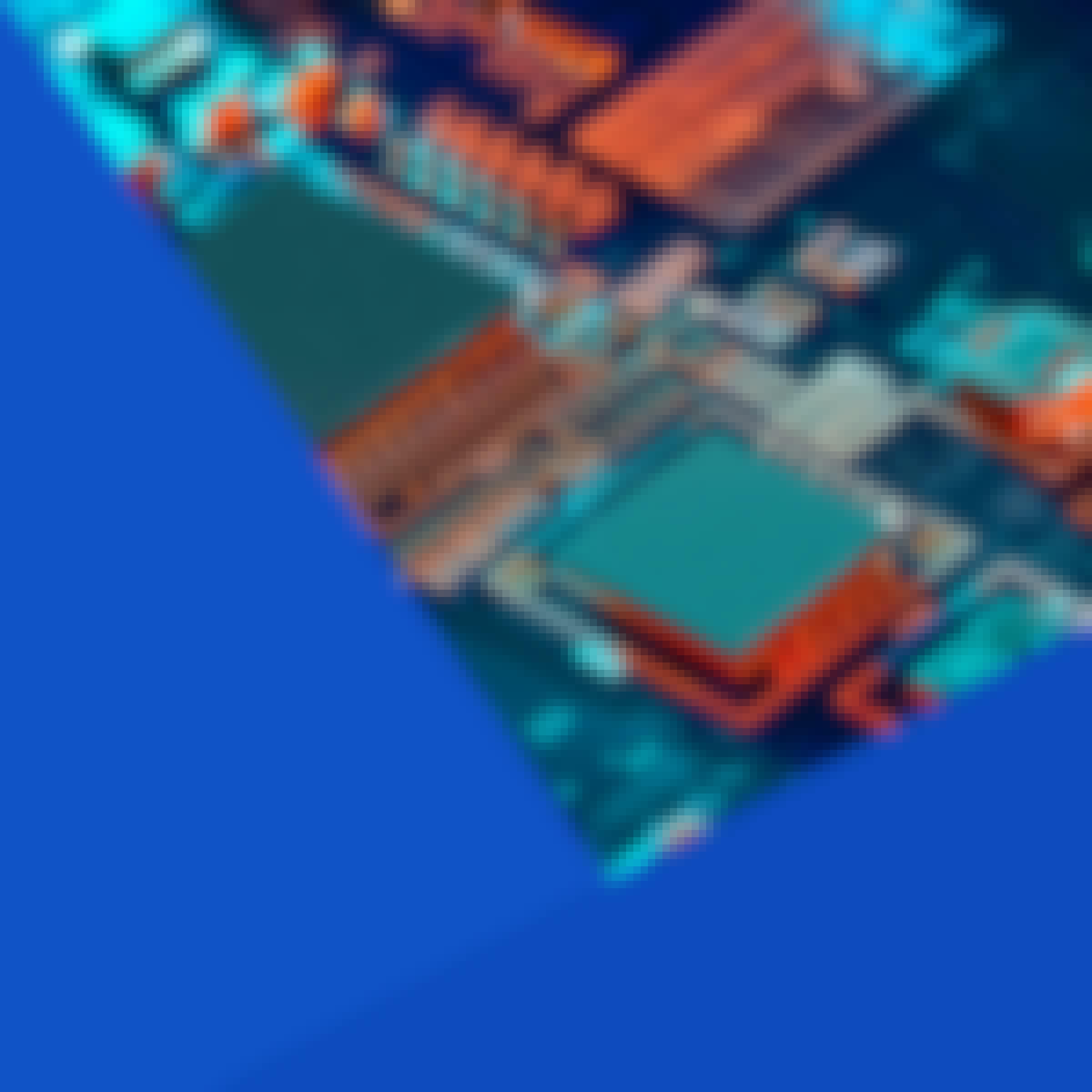 Status: PreviewPreviewP
Status: PreviewPreviewPPontificia Universidad Católica de Chile
Skills you'll gain: Field-Programmable Gate Array (FPGA), Hardware Design, Computational Logic, Application Specific Integrated Circuits, Computer-Aided Design, Electronic Hardware, Electrical Engineering, Electronic Systems, Electronics, Semiconductors, Electronic Components, Computer Architecture, Programming Principles, Engineering Design Process, Embedded Systems, Schematic Diagrams, Simulation and Simulation Software
4.7·Rating, 4.7 out of 5 stars69 reviewsMixed · Course · 1 - 3 Months
In summary, here are 10 of our most popular verilog courses
- Hardware Description Languages for FPGA Design: University of Colorado Boulder
- FPGA Design for Embedded Systems: University of Colorado Boulder
- Basic Electronics: Birla Institute of Technology & Science, Pilani
- Chip based VLSI design for Industrial Applications: L&T EduTech
- Fundamentals of Digital Design for VLSI Chip Design: L&T EduTech
- Computer Architecture: Princeton University
- Digital Systems: From Logic Gates to Processors: Universitat Autònoma de Barcelona
- Design of Digital Circuits with VHDL Programming: L&T EduTech
- The Arduino Platform and C Programming: University of California, Irvine
- Introduction to Programming with MATLAB: Vanderbilt University
Frequently Asked Questions about Verilog
Verilog is a popular hardware description language (HDL) used throughout the semiconductor industry to describe digital hardware designs. Verilog describes parts of various hardware components, like computer memory, a flip-flop switch, a microprocessor, or a network switch. When designers use a CAD-based approach, they describe the hardware in the way they want to connect pieces together. Using Verilog, a design engineer can simulate, test, and ultimately write it to a computer chip. This language is handy for anyone using digital hardware because Verilog is independent of technology, easy to design and debug, and more useful for describing large circuits than a comparable schematic diagram.
Verilog hardware description language is valuable to learn because you'll discover how Verilog uses natural learning processes to make it easier to learn HDL languages. Learning about Verilog usually starts with first examples, then language rules and syntax, followed by more complex examples, and then test bench simulations to verify the design’s accuracy. Verilog simplifies the way that electrical designers show the complexity of digital circuits. When you work in electrical circuitry, you may learn how schematic diagrams help show interconnected diagrams as a whole. As the complexity of a circuit increases, a common textual language is put to use to concisely capture the defining features of digital design.
Careers that use Verilog include digital design engineering, digital verification, FPGA designing, and other design jobs in the semiconductor industry. Knowing Verilog may help you find work on an FPGA design team that is responsible for developing and maintaining digital FPGA designs for networking equipment. You may even gain new knowledge in engineering design topics, such as packet processing, switch fabric, overhead processing, and forward error correction techniques, which can influence your career path.
When you take online courses to learn Verilog, you may begin to approach the process of circuit design in a new way. You may learn how to use words and symbols and then use development software to convert that text description into configuration data to describe a circuit. Taking online courses to learn Verilog can give you a better understanding of how to write code in Verilog, how to design FPGA logic and simulate FPGA designs, and how to design test benches in your work.
Online Verilog courses offer a convenient and flexible way to enhance your knowledge or learn new Verilog skills. Choose from a wide range of Verilog courses offered by top universities and industry leaders tailored to various skill levels.
When looking to enhance your workforce's skills in Verilog, it's crucial to select a course that aligns with their current abilities and learning objectives. Our Skills Dashboard is an invaluable tool for identifying skill gaps and choosing the most appropriate course for effective upskilling. For a comprehensive understanding of how our courses can benefit your employees, explore the enterprise solutions we offer. Discover more about our tailored programs at Coursera for Business here.










